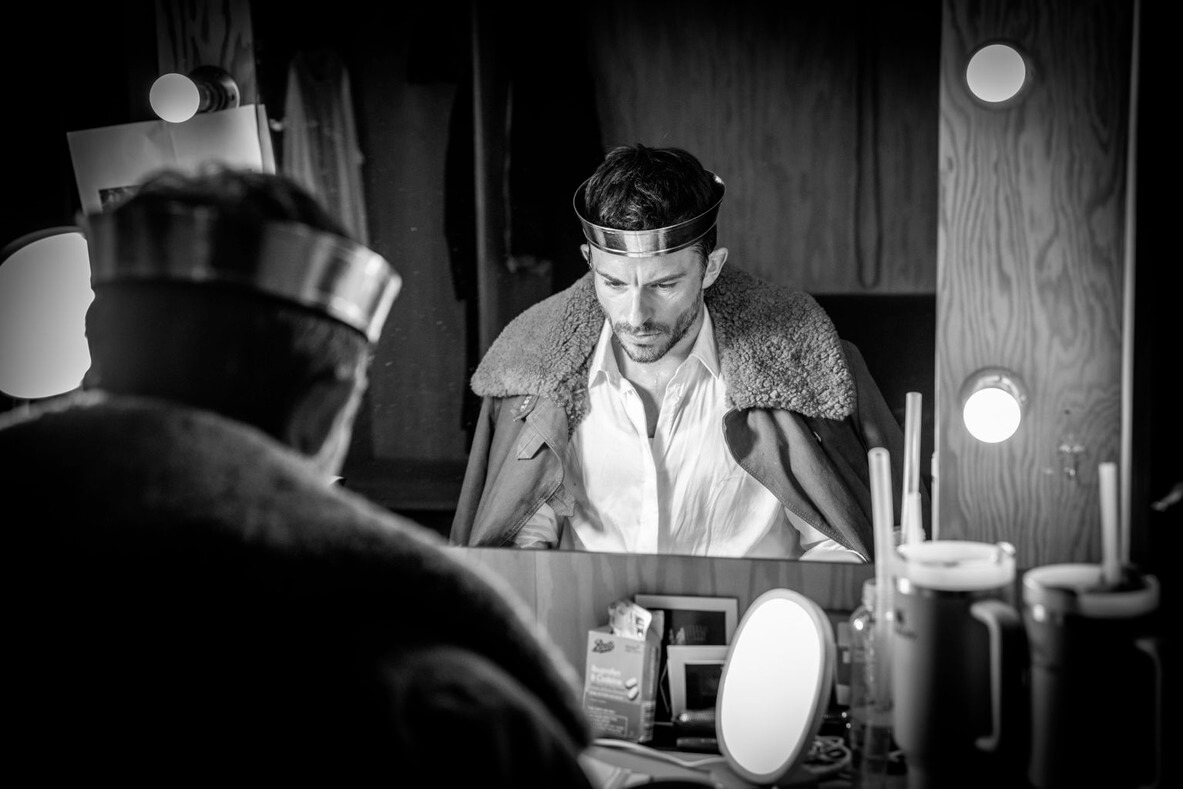Back in the 1930s, real life obstetrician Mary Barton (who had witnessed the poor treatment of babyless women in India) and her husband Dr Bertold Wiesner (who ironically, had previously been instrumental in developing a contraceptive pill), converted their Harley Street clinic into a fertility treatment centre to help women conceive. Initially the practise of artificial insemination was universally condemned by the religious leaders, but remained largely unregulated by Parliament. Consequently the safety protocols we would nowadays expect, did not apply. It has been estimated that Barton used her husband's sperm to father over 600 babies until their clinic closed in 1967 (when all patient records were destroyed). Subsequent DNA matches have confirmed many half-sibling links - who have been collectively dubbed The Barton Brood.
MARY'S BABIES tries to imagine the meetings of various off-spring who possess this DNA connection and in doing so, it frets over the risks of relationship complications and social class incompatibilities. It also flirts with the prospective happiness derived from making a genetic connection. But in a frenzy of mini-scenes, it throws into that otherwise balanced mix, various bizarre incongruities involving public schoolboys feeding chocolate to chickens and a ventriloquist's dummy being forced to choke on a cigarette. These effectively cloud an otherwise potentially interesting exposé of the aftermath of two well-meaning individuals who did something because they could, and didn't consider sufficiently whether they should.
There is undoubted acting chops from the two game gals who take on all the roles between them, extracting humour and pathos from many sections. But the writing needs a severe pruning to imbue greater sense. The set designer has tried gamely to keep the confused audience abreast of which of the 40+ characters they are watching by illuminating framed wall panels each of which displays a name. It took this reviewer a while to realise this helpful theatrical device (due to other distractions - more of which in a moment) and it was notably effective/amusing in a baby shower party scene where the multitudinous attendees were scrolled as they spoke, to save time.
Jermyn Street continues to be one of those loveable fringe theatres where the small-scale productions promise so much and the talents involved deserve greater success than they are ever able to realise due to venue limitations. Front of house, the chaos is always a mix of charming and annoying. Most especially of all, (and particularly noteworthy last evening), the small stage works best with simple, uncluttered sets (tick in the box) and light fittings which don't start to peel-off and droop down from pelmets threatening to garrotte performers (face palm moment for the stage crew and uber-distracting for the Press Night audience).

 Katy Stephens and Emma Fielding adopt a schizophrenic approach to Maud Dromgoole's play derived from the questionable practices used at an early, unregulated Human Fertility Treatment clinic.
Katy Stephens and Emma Fielding adopt a schizophrenic approach to Maud Dromgoole's play derived from the questionable practices used at an early, unregulated Human Fertility Treatment clinic.

